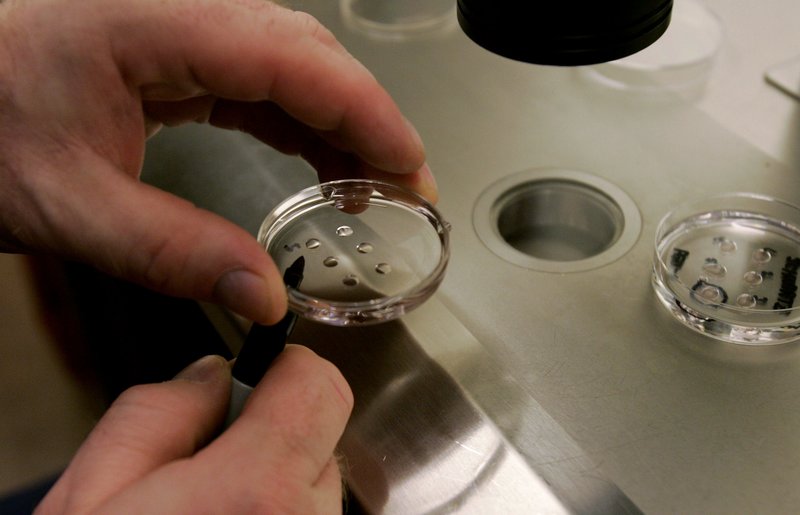无需精卵的人造胚胎问世对人类意味着什么?

|
荷兰科学家在胚胎学领域实现突破,培养出无需精子和卵子的纯人工胚胎。虽然目前只用老鼠胚胎实现人工培养,但这项成果可能对治疗人类不孕不育提供启示。 荷兰科研机构技术启发再生医学研究所(MERLN)的研究人员利用非配子(即传统生殖细胞)的老鼠细胞,培育出“类囊胚结构”,即哺乳动物发育初期的形态。他们仅用了两类老鼠的干细胞,就获得了大量传统婴儿发育过程中才能形成的细胞。而且,类囊胚还附着在雌性老鼠的子宫上发育数日。科学家称之为医学史上首次。 这项生物医学技术对人类有什么益处?可能有助于研究不孕不育,包括胚胎发育着床阶段的自然流产。研究主管尼古拉斯·瑞瓦隆博士向英国广播公司(BBC)表示:“现在我们可以生成大量此类胚胎,仔细研究。可能有助于我们理解为何一些胚胎不能着床,从而选择可能帮助生育的药物。” 但理想距离现实可能还有很长一段路。首先,培养人造人类胚胎并移植,需要申请监管批准。和美国相比,中国和英国等地在某种程度上更为宽容(2016年,英国就为防止婴儿罹患可能致死的遗传性疾病批准了三合一胚胎人工授精技术)。尽管如此,与人工胚胎有关的技术大多面临生物伦理学争议,哪怕只是少许基因工程改造。(财富中文网) 译者:Pessy 审校:夏林 |
Dutch scientists have made yet another advance in embryonic science, creating synthetic embryos (mouse embryos, that is) without the need for sperm or eggs. Down the line, the achievement could have implications for human infertility, too. Using mouse cells that weren’t gametes (the traditional sex cells), researchers from the MERLN Institute for Technology-Inspired Regenerative Medicine in the Netherlands were able to create “blastocyst-like structures”—which form during the early developmental stage for mammals. This was done using just two types of mouse stem cells, and the resulting mass of cells resembled what you’d expect from the more traditional baby-forming process. What’s more, these structures were then attached to the wombs of female mice and grew for several days in what the scientists claim is a medical first. So how exactly might such biomedical technology benefit humans? For one, it could assist in infertility research, including the kind centering on miscarriages that occur at the implantation stage of development. “We can now generate extremely large numbers of these embryos and study them in detail,” lead researcher Dr. Nicolas Rivron told the BBC. “It could help us understand why some embryos fail to implant and let us screen for drugs that might help with fertility.” But that reality may be a ways away. For one thing, creating and implanting artificial human embryos would require regulatory clearance. Nations like China and the U.K. have been somewhat more lenient on this issue than the United States (the U.K. paved the way for three-parent babies to combat devastating genetic disorders back in 2016), but most things involving even a whiff of genetic engineering still come with a fair bit of bioethical controversy. |













